 Veteran Adelaide newsreader Graeme Goodings has left Seven News.
Veteran Adelaide newsreader Graeme Goodings has left Seven News.
He tweeted the news of his departure from Seven earlier today.
AdelaideNow reports that Goodings, Seven’s weekend news presenter, was offered a “reduced capacity” role but instead opted to resign.
He had been with the station since 1980 when it was SAS10. He was the main newsreader for SAS10’s Eyewitness News when the station made the switch to Seven in 1987.
In 2004 he stood down when he was diagnosed with cancer. After months of treatment he returned to Seven to read the weekend news. He has recently celebrated being cancer free for ten years.
Prior to working at SAS10/7 Goodings had worked at TNT9 in Launceston and in radio at 7LA Launceston, 5DN Adelaide and 3AW in Melbourne.
So ends 34 years at SAS, a wonderful chapter of my life. Sadly I will not have the opportunity to thank my loyal followers for their support
— Graeme Goodings (@GraemeGoodings7) November 24, 2014
Source: AdelaideNow, Seven News, Graeme Goodings
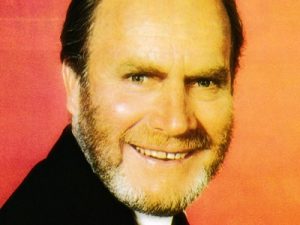
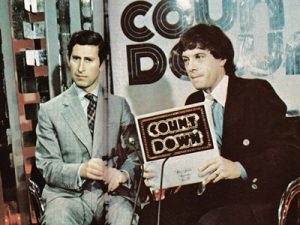

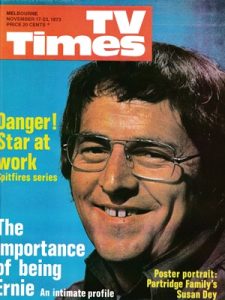
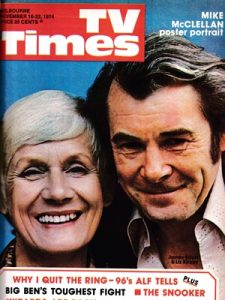
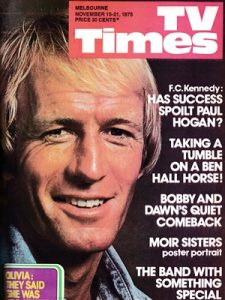
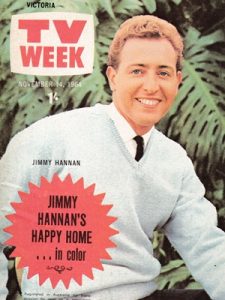
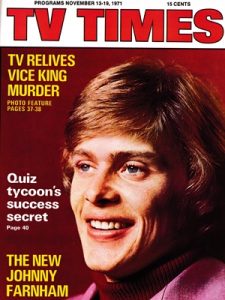
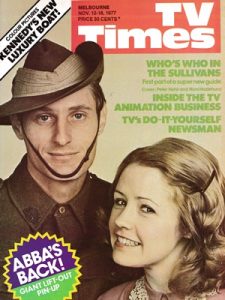
Just because Station SAS-Adelaide has changed its affiliation, should NOT have meant a change of transmission frequency(channel-shift) If the station was allocated VHF Ch.10, then that’s where the station should have stayed. Especially in the days of analogue transmission where the frequency shift would’ve meant having to radically adjust the transmitter output. It might be easier with digital transmission but it’s still not warranted. A station’s network affiliation should NOT be dependant upon which channel the station is transmitted. Again it gets back to recognising the difference between stations and the channels on which they’re carried.
For branding purposes and consistency it made sense to keep the Seven Network on VHF 7 and the Ten Network on VHF 10 in Adelaide, and which meant viewers didn’t notice too much of a difference apart from the local personalities being seen to “swap” from one to the other. It meant that viewers would still see Seven Network programs on Channel 7 and Network Ten programs on Channel 10. It also saved Adelaide channels having to re-brand any networked material.
It was also a relatively easy transition from a technical perspective because both 7 and 10 broadcast from the same tower in Adelaide, so it was almost literally just a case of swapping the plugs between the two transmitters. SAS got plugged into the 7 transmitter, and ADS into the 10 transmitter. The transition at the tower took about 15 minutes.
If TV stations “branded” themselves based on their corporate identities(STW-Perth – “Swan Television”, ATV-Melbourne – “Austrama Television, GTV-Melbourne – General Television), then the allocated channel number would not mean anything, nor should it! The ONLY reason a TV station should be re-allocated a new channel would’ve been, in the analogue days, but not now, if allocated VHF channels 3, 4 or 5 which covered the FM radio band(Ch.3 – 85-92 Mhz; Ch.4 – 94-101 Mhz; Ch.5 – 101-108 Mhz) Station ABHN-Newcastle is one such example, initially transmitting on VHF Ch.5, in 1976 was moved to adjacent channel 5a to make room for 2NUR-FM and ABC-FM services opening within the next two-to-five years. All the FM stations in the Newcastle area are in that portion of the band once used by WIN-Wollongong and ABHN-Newcastle. Capital-City stations using high-end channels were spared the necessity to shift. ATV-Melbourne was moved from VHF Ch.0(45-52 Mhz) to VHF Ch-10(208-215 Mhz) to make room for SBS in Melbourne.
Not strictly true re: ATV. The channel (via owner Reg Ansett) had applied to have the channel moved to the 10 position to improve its reception across Melbourne and to match it up with its Sydney partner station. It was just convenient that the 0 spot became available for SBS.
Both scenarios are true in one way or another. Reg Ansett(The A in ATV was originally for his name but later became Austrama). The pending commencement of SBS partially necessitated the removal of Station ATV-Melbourne up the band from Ch.0(45-52 Mhz, VHF band 1) to Ch.10(208-215 Mhz VHF band 3, band 2 is the FM radio band, 88-108 Mhz). There was also the question of signal quality. Being at the bottom of the band, any station allocated Ch.0 would suffer severe interference during electrical storms, more so than those stations on higher channels. Also the low-end frequency, 45-52 Mhz made for poor image quality. The higher up the band you go, the better the picture quality, not that a proprietor was given a choice of which channel on which to transmit. That decision lay entirely with the licencing authority of the day.